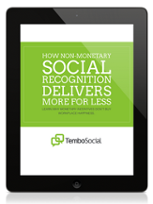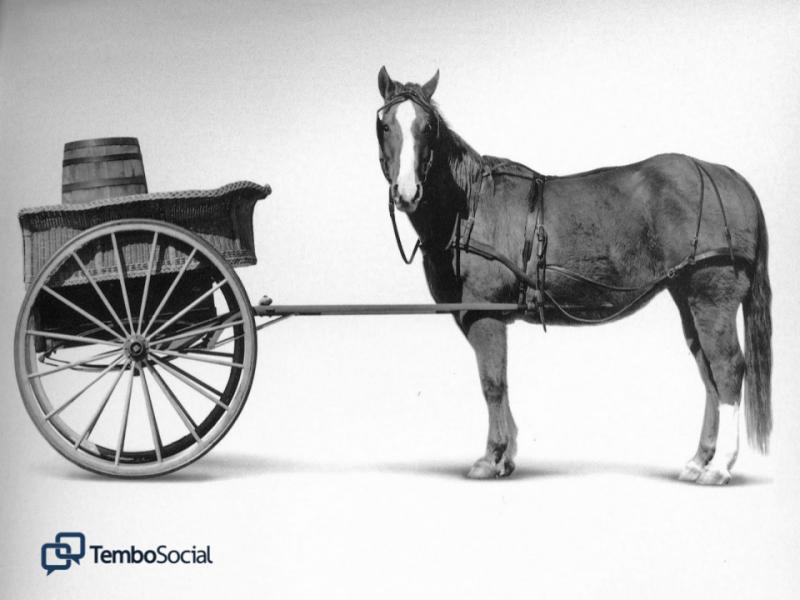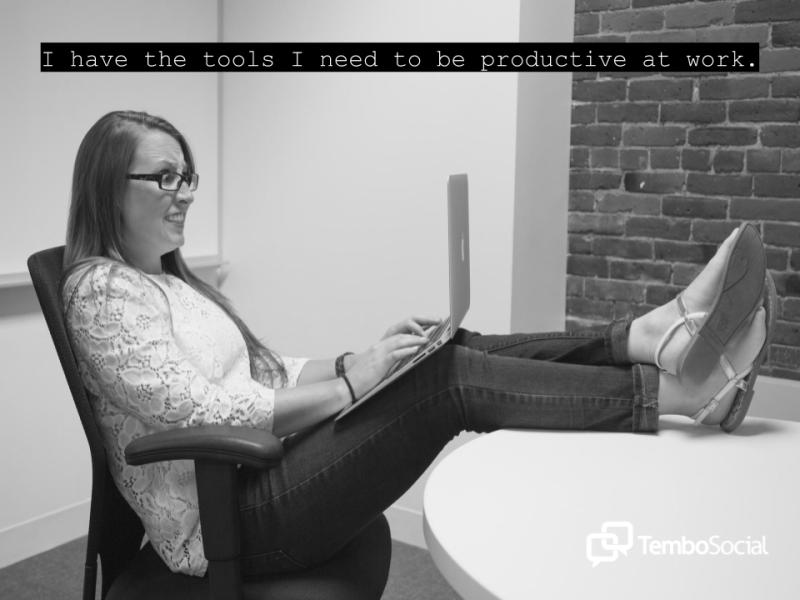 Money makes the world go ‘round … right? Not when it comes to employee culture and recognition. Handing your employee a $100 gift card in appreciation of a job well done might not rock their world in the ways you’d hoped. Companies spend vast amounts of money on rewards and recognition programs, yet one third of employees don’t feel recognized. When 30% of their lives are spent working, you can bet that feeling valued is extremely important to today's knowledge worker.
Money makes the world go ‘round … right? Not when it comes to employee culture and recognition. Handing your employee a $100 gift card in appreciation of a job well done might not rock their world in the ways you’d hoped. Companies spend vast amounts of money on rewards and recognition programs, yet one third of employees don’t feel recognized. When 30% of their lives are spent working, you can bet that feeling valued is extremely important to today's knowledge worker.
For employees, that moment in the spotlight is priceless
Financial rewards, however well-intentioned, can have another shortsighted downside. They focus your culture on revenue and profit, rather than the culture-building benefits of positive feedback. Never underestimate the importance of “the feels” that come with a public pat on the back. That implied pressure to work late every night for a monetary performance reward could backfire, creating serious retention and talent acquisition challenges. Smart leaders know that changing the rewards conversation benefits their organization's employee culture. What does it add up to? Employee engagement and long-term success. What makes employees happy? Receiving recognition from their bosses and from each other. Employees want to feel like their hard work is valued.
Kick start a recognition program and reap the rewards
- Encourage employees to share their wins. Employees have the best view of the great things their colleagues do each day. Sharing builds teamwork, bringing everyone together with a common commitment. When teams are widespread geographically, it can help make everyone feel like they’re in the same office. The attitudes and emotions expressed by employees are the best indicators of how happy they are at work. Sharing is caring.
- Make leadership accountable for recognizing outstanding performance. Let’s face it, change comes from the top down. If leaders don’t participate, it’s more likely that employees won’t buy in either. Recognition is most effective when it’s given in the context of a larger goal or business-results-focused activity like reinforcing corporate values, not just for showing up on time. Recognition also changes how you motivate and retain employees and how your company celebrates success.
- Use your recognition program to attract prospective employees and to keep the ones you cherish. Every organization wants to attract the best and the brightest. Your recognition program is a competitive advantage. It shows prospects that you value your employees with a people-focused culture. It creates a great impression of your company for those on the outside. When employees share their stories and see all their accomplishments, they are more likely to feel they are making progress in their career, and are more likely to stay.
- Keep it public. Designate a special place to record and show off employee accomplishments and corporate wins. Implementing a non-monetary rewards and achievement program such as TemboSocial Recognition into your Intranet transforms recognition into a business asset. It allows your company to celebrate success while reinforcing desired behaviors. Achieve a unique strategic competitive advantage driven by your culture, your people, and their stories. TemboSocial Recognition creates a public record of an employee’s accomplishments and raises their profile. This results in greater day-to-day satisfaction and commitment.
- Use your recognition program to help with career development and performance evaluations. Not only is it a great way for employees to keep track of how they’re doing, employee recognition programs are a valuable resource for managers and leaders. They can see how the company really works by tapping into these informal employee networks of productivity and collaboration. An employee’s achievements are an important consideration when doing performance reviews or internal staffing changes, and can provide an honest temperature check for what’s going on professionally and emotionally with employees.
Learn more about how non-monetary social recognition programs can provide both short and long-term benefits for your organization's bottom line.








